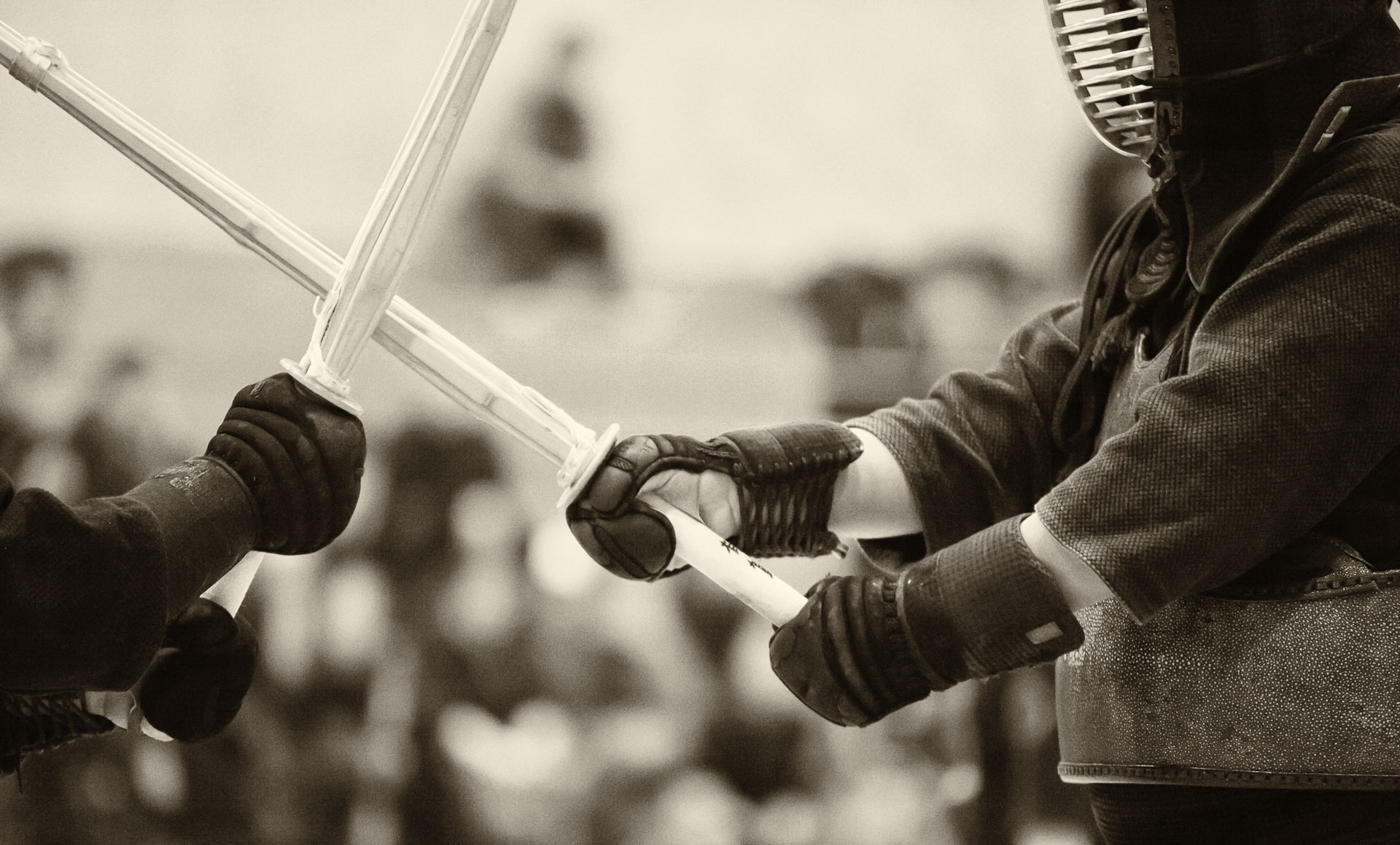
The theme of this year’s graduation party of our university was “Under the stars.” In the spirit of involving people in photography, we did some compositing right in front of the students, showing them the post-processing steps and asking for feedback along the way. We were using their portraits, which were taken just minutes earlier and super-imposing them on starry backgrounds. Instead of using a conventional photo booth approach that involves props, a backdrop with some (cheesy) images on it, and minimal post-processing, we wanted to try a more artistic process, which would limit the students’ choices in terms of poses, but would produce higher quality (arguably, still cheesy) images.
From my perspective, the new process was more rewarding than the conventional one, not in the financial sense, but in terms of improving the quality of the interaction with the students. The students were generally more appreciative of our work and seemed to enjoy seeing the inner works of the photo manipulation process.
In terms of the workflow of the entire photo shoot, selection of the portraits from the sets of five or six still presented the main bottleneck, even though this year we had two computers operating at the same time (compared to one last year) and had a substantially smaller number of photos taken of each group of students. This is not surprising, as culling of raw images is the major time-consuming stage of any photography project, whether the clients are involved in it or not.





























